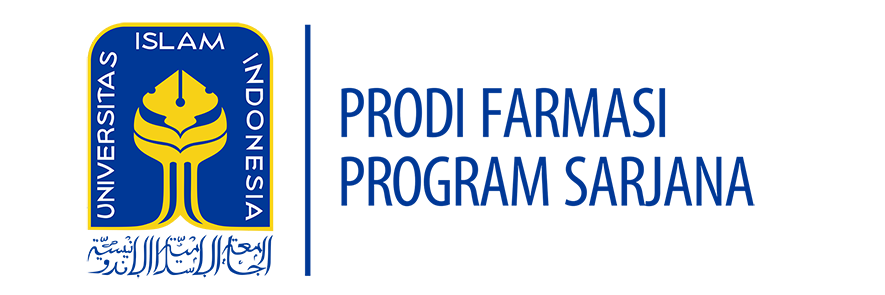| Module Name | Medicinal plants and simplicia | ||||
| Module level, if applicable | 1st semester | ||||
| Code, if applicable | SFA-218 | ||||
| Semester (s) in which the module is taught | 2nd semester | ||||
| Person responsible for the module | Arde Toga Nugraha, M.Sc.,Apt | ||||
| Lecturer(s) | Arde Toga Nugraha, M.Sc.,Apt
Dr. apt. Asih Triastuti, M.Pharm |
||||
| Language | Bilingual | ||||
| Relation to curriculum | Compulsory course | ||||
| Types of teaching and learning | Class size | Attendance time (hours per week per semester) | Forms of active participation | Workload | |
| Lecture | 50 | 1.5 | Discussion | Lectures: 1.5 (hour) x14 meeting | 21 |
| Preparation and follow up: 3 (hour) x 14 (self-learning) | 42 | ||||
| Group projects | 50 | 1.5 | Report writting | Preparation and follow up: 2×7 (self-preparation) | 14 |
| Practical: 1.5×2 (meeting) | 3 | ||||
| Total workload | 80 hours | ||||
| ECTS | 2.86 ECTS | ||||
| Credit points | 2 CU | ||||
| Requirements according to examination regulations | Minimum attendance at lectures is 75% (according to UII regulation). Final score is evaluated based on assignment and reports (40%), mid semester exam (30%), and end semester exam (30%). | ||||
| Recommended prerequisites | – | ||||
| Related course | – | ||||
| Module objectives/intended learning | Students are able to:
|
||||
| Content | This course is designed to provide the student with an opportunity to gain natural medicine knowledge anr to explore an area of interest related to medicinal plant biodiversity, anatomy, morphology, physiology, technology and post-harvest processing of medicinal plants. | ||||
| Study and examination requirements and forms of examination | Mid-term, final term, assignment and reports | ||||
| Media employed | Text books, slides (power points), video, interactive media | ||||
| Reading lists |
|
||||
